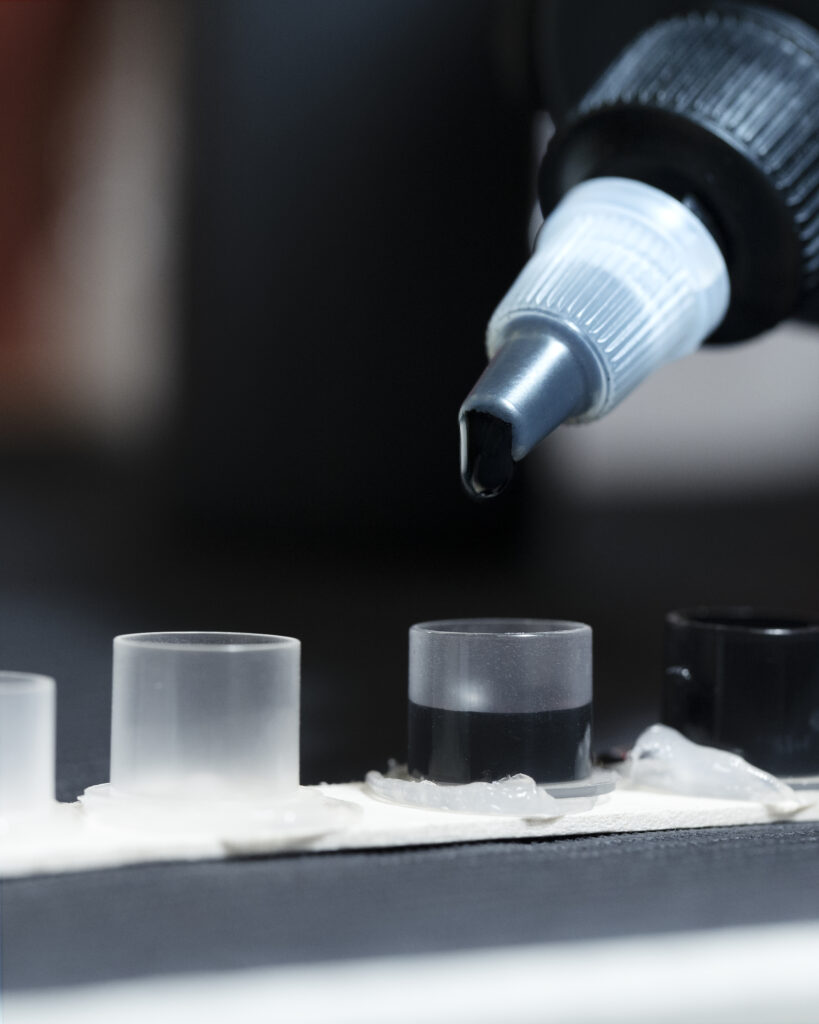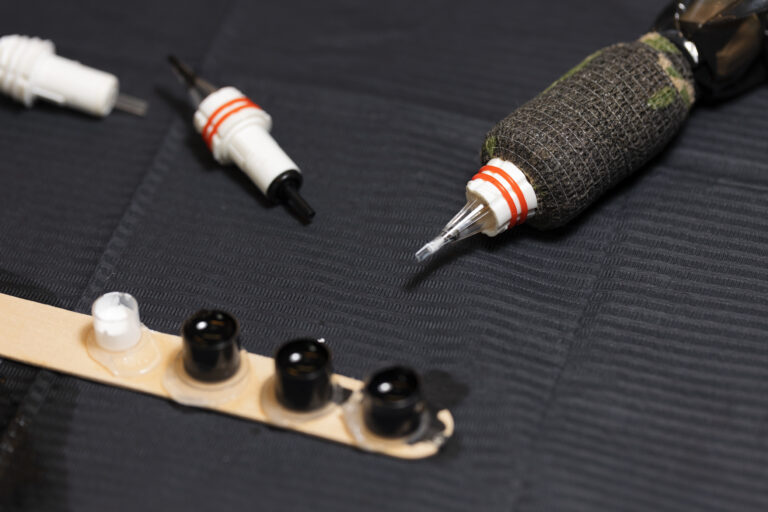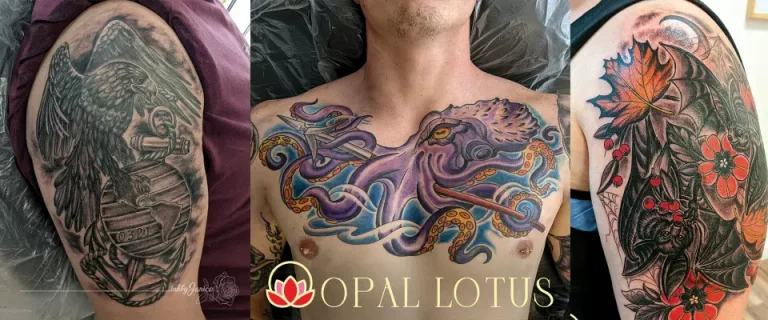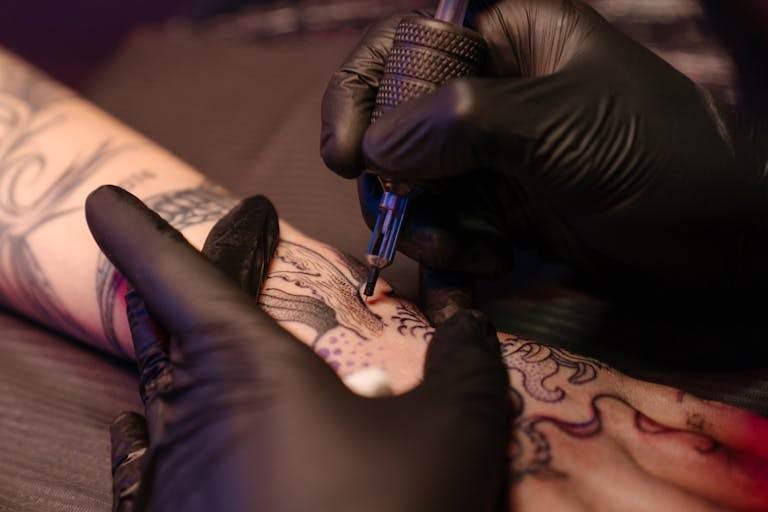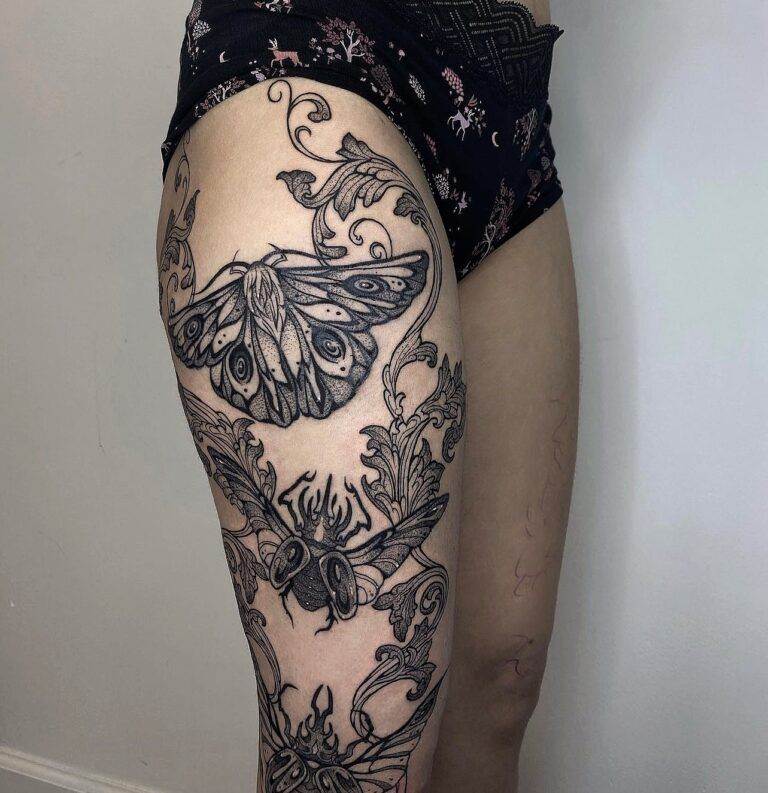Moles, medically known as nevi, are common skin growths that can appear anywhere on the body. They are typically small, dark brown spots that result from clusters of pigmented cells. While most moles are benign and pose no health risks, some can develop into melanoma, a serious form of skin cancer.
It is essential to understand the characteristics of moles, including their size, shape, color, and texture, as these factors can indicate whether a mole is harmless or requires further examination. Regular monitoring of moles is crucial, as changes in their appearance can signal potential health issues. The risk associated with moles is heightened by factors such as family history, skin type, and sun exposure.
Individuals with fair skin or a history of excessive sun exposure are at a greater risk for developing atypical moles that may lead to skin cancer. Therefore, understanding the nature of moles and their potential risks is vital for anyone considering tattooing over them. Awareness of these factors can help individuals make informed decisions about their skin and overall health.
Key Takeaways
- Moles are common skin growths that can vary in size, shape, and color, and can potentially develop into skin cancer.
- Consulting a dermatologist before tattooing over moles is crucial to assess the potential risks and determine if the moles are safe to tattoo over.
- Tattooing over moles can lead to potential complications such as obscuring changes in the mole, making it difficult to detect skin cancer.
- Proper tattoo placement in relation to moles is significant to avoid causing trauma to the mole and to allow for proper monitoring of any changes.
- Precautions and guidelines for tattooing over moles include avoiding moles altogether, or ensuring that the tattoo does not cover the entire mole and leaves it visible for monitoring.
The importance of consulting a dermatologist before tattooing over moles
Before proceeding with a tattoo over a mole, it is imperative to consult a dermatologist. A dermatologist specializes in skin health and can provide a thorough evaluation of any moles present on the skin. This professional assessment is crucial because it helps determine whether the mole is benign or if it exhibits characteristics that warrant concern.
A dermatologist can also offer insights into how tattoo ink may interact with the mole and whether tattooing over it could obscure any changes that might occur in the future. Consulting a dermatologist not only ensures that the mole is safe to tattoo over but also provides an opportunity to discuss any personal or family history of skin cancer. This dialogue can lead to tailored advice regarding sun protection and monitoring strategies for moles.
By prioritizing a consultation with a dermatologist, individuals can take proactive steps to safeguard their skin health while still pursuing their desire for body art.
Potential complications and risks of tattooing over moles
Tattooing over moles carries several potential complications and risks that should not be overlooked. One significant concern is the possibility of obscuring changes in the mole’s appearance. Tattoos can mask important visual cues that indicate whether a mole is changing in size, shape, or color—changes that could signify a developing health issue.
If a mole becomes malignant, the presence of tattoo ink can complicate diagnosis and treatment, as healthcare providers may find it challenging to assess the mole accurately. Additionally, there is a risk of allergic reactions to tattoo ink, which can lead to inflammation or irritation around the area of the mole. This reaction may not only cause discomfort but could also further complicate the assessment of the mole’s condition.
In some cases, tattooing over a mole may result in scarring or changes in texture that could affect how the mole appears and feels. These complications highlight the importance of careful consideration before deciding to tattoo over any mole.
The significance of proper tattoo placement in relation to moles
Proper tattoo placement in relation to moles is essential for both aesthetic and health reasons. When planning a tattoo design, it is crucial to consider the location of existing moles to ensure that they do not interfere with the overall composition of the artwork. A well-placed tattoo can enhance the visual appeal of the skin while respecting the natural features present, including moles.
From a health perspective, placing a tattoo too close to a mole can lead to complications if changes occur in the mole’s appearance over time. If a mole becomes suspicious after being tattooed over, it may be difficult for medical professionals to evaluate it properly due to the surrounding ink. Therefore, careful planning and consideration of mole placement are vital for anyone looking to get a tattoo in proximity to these skin features.
Precautions and guidelines for tattooing over moles
When considering tattooing over moles, several precautions and guidelines should be followed to minimize risks. First and foremost, individuals should seek professional advice from both a dermatologist and an experienced tattoo artist. This dual consultation ensures that both health and artistic considerations are taken into account before proceeding with the tattoo.
It is also advisable to avoid tattooing over any mole that has changed in appearance or has been previously diagnosed as atypical or suspicious by a dermatologist. If a mole has been deemed safe for tattooing, individuals should ensure that their tattoo artist is aware of its presence and can adjust their design accordingly. Additionally, aftercare instructions should be followed meticulously to promote healing and monitor any changes in the mole’s appearance post-tattooing.
The role of a professional tattoo artist in assessing and addressing moles
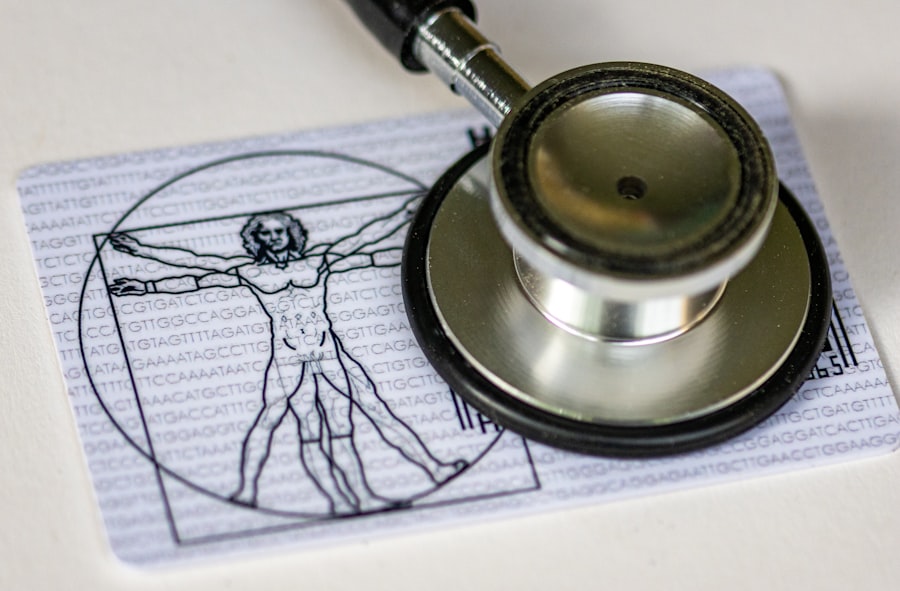
A professional tattoo artist plays a crucial role in assessing and addressing moles during the tattooing process. Experienced artists are trained to recognize various skin conditions and understand how they may impact the tattooing procedure. When discussing designs with clients, a knowledgeable artist will inquire about any existing moles and may recommend consulting with a dermatologist if there are concerns about their safety.
Moreover, professional tattoo artists can provide valuable insights into how tattoos may interact with moles during the healing process. They can advise clients on proper placement to ensure that the artwork complements rather than detracts from existing skin features. By collaborating with both dermatologists and clients, professional tattoo artists help create tattoos that are not only visually appealing but also mindful of skin health.
Post-tattoo care and monitoring for moles
Post-tattoo care is essential for ensuring proper healing and maintaining skin health, especially when tattoos are placed over or near moles. Following the artist’s aftercare instructions diligently can help prevent infections and promote optimal healing conditions for both the tattoo and any underlying moles. Keeping the area clean and moisturized while avoiding excessive sun exposure during the healing process is crucial.
Monitoring moles after getting a tattoo is equally important. Individuals should regularly check for any changes in size, shape, or color of the mole beneath or adjacent to the tattooed area. If any unusual changes occur, it is vital to consult a dermatologist promptly for further evaluation.
Being proactive about monitoring moles can lead to early detection of potential issues, ensuring better outcomes for skin health.
When to seek medical attention for changes in moles after tattooing
After getting a tattoo over or near a mole, it is essential to remain vigilant about any changes that may occur in the mole’s appearance. If there are noticeable alterations such as increased size, irregular borders, color changes, or any bleeding or itching sensations, seeking medical attention should be prioritized. These symptoms could indicate underlying issues that require prompt evaluation by a healthcare professional.
Additionally, if there are signs of infection at the tattoo site—such as increased redness, swelling, or discharge—medical attention should be sought immediately. While some changes may be benign and related to the healing process of the tattoo itself, it is always better to err on the side of caution when it comes to skin health. Regular check-ups with a dermatologist can also provide peace of mind and ensure that any potential concerns regarding moles are addressed promptly and effectively.
FAQ
What are moles?
Moles are growths on the skin that are usually brown or black. They can appear anywhere on the skin, alone or in groups.
Can you tattoo over moles?
Tattooing over moles is generally not recommended due to the risk of obscuring changes in the mole that could indicate skin cancer.
Why is tattooing over moles not recommended?
Tattooing over moles can make it difficult to monitor changes in the mole, which could be a sign of skin cancer. It can also make it harder to detect skin cancer during a skin examination.
What should I do if I want to tattoo over a mole?
If you are considering tattooing over a mole, it is important to consult with a dermatologist first. They can assess the mole and determine if it is safe to tattoo over it.
Are there any medical considerations when tattooing over moles?
Yes, there are medical considerations when tattooing over moles. It is important to consider the potential impact on monitoring the mole for changes and the risk of obscuring signs of skin cancer.




